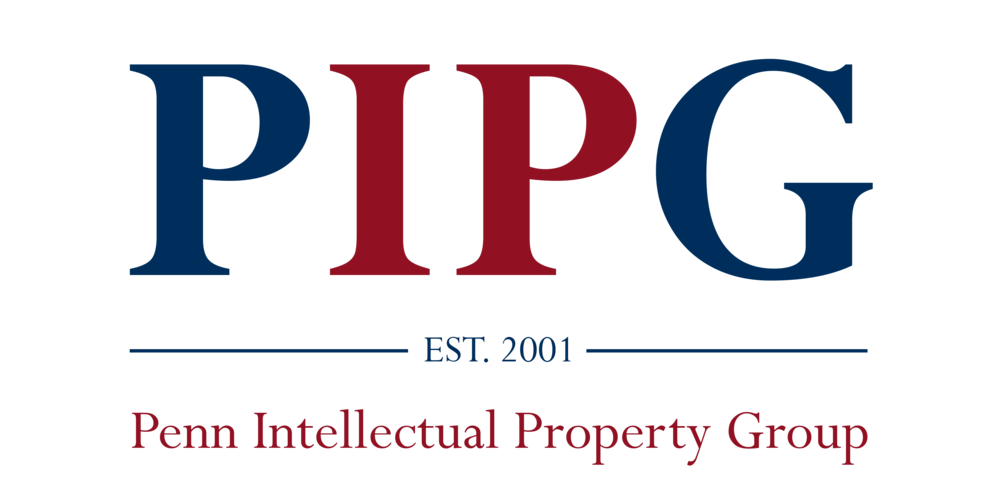By Andrew Borgdorff ‘26
On February 20th, 2024 the U.S. Supreme Court declined to consider the appeal of VirnetX Inc. v. Mangrove Partners Masters Fund, Ltd. from the Federal Circuit. The Federal Circuit’s decision frees Apple from an earlier $576M infringement jury verdict by joining a third-party’s IPR proceeding against the allegedly infringed patent. This is based on a broad statutory reading of the joinder rules for IPR that allowed Apple to join despite the statute of limitations on Apple’s case having run.
The original jury verdict was from a case in 2020 where Apple was accused of infringing network security patents held by VernetX with virtual private network (VPN) functions on their iPhones. Apple was previously refused on timeliness grounds when they attempted an IPR challenge to VernetX’s network security patents because the one-year time limit from the infringement suit had expired.
In a separate case, Mangrove Partners challenged VernetX’s patent in an IPR proceeding within the one-year of the corresponding infringement suit. Apple successfully joined Mangrove Partners’ challenge which ultimately led Patent Trial and Appeal Board (PTAB) to invalidate the network security patents. One issue on appeal was whether it was appropriate to allow Apple to join the PTAB proceeding when they were previously denied for missing the deadline.
Allowing challenges in this manner provides a means for well-funded accused patent infringers to escape potential liability by circumventing the timing rules for filing a challenge. VirnetX alleged that “[e]ntities with no discernable stake file IPR petitions challenging patents successfully asserted in litigation - only for well-heeled but time-barred infringement defendants to conveniently join the proceedings and shoulder the cost.” If VirnetX’s accusation is true, it appears to be a manipulation of IPR rules.
The USPTO supported the Federal Circuit’s decision because Apple’s joinder did not affect the case and the cause of action was moot because the patents were invalidated in a separate proceeding anyway.
The Federal Circuit’s ruling that there is not a timeliness bar to joining a valid IPR challenge will stand because SCOTUS declined to review the case. While it does allow for potential manipulation of the time requirements by creating a new challenge, the effect is not that concerning because it does not create a new avenue to invalidating patents would otherwise be valid. However, there is a cost-burden associated with defending additional patent challenges and there will never be a certainty that potential IPR challenges are in the past because under this interpretation a challenge opportunity arises every time another party challenges the same patents as an alleged infringer progressing through litigation. There is an interest protected by not allowing damage recovery on patents that may have been found invalid, but it comes at the expense of those that have to mount additional patent defenses.
